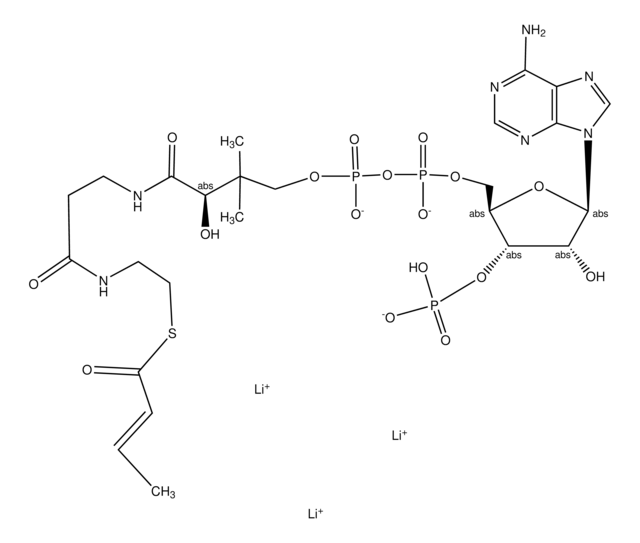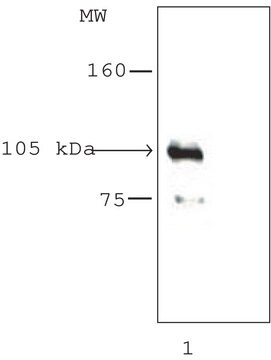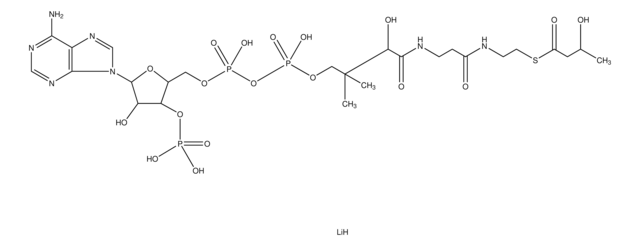H4538
Anti-Histone Deacetylase 5 (HDAC5) antibody, Mouse monoclonal
clone HDAC5-35, purified from hybridoma cell culture
Sinônimo(s):
Anti-HD5
About This Item
Produtos recomendados
fonte biológica
mouse
conjugado
unconjugated
forma do anticorpo
purified from hybridoma cell culture
tipo de produto de anticorpo
primary antibodies
clone
HDAC5-35, monoclonal
forma
buffered aqueous solution
peso molecular
antigen ~124 kDa
reatividade de espécies
rat, mouse, human
concentração
~2 mg/mL
técnica(s)
immunocytochemistry: suitable
immunoprecipitation (IP): suitable
indirect ELISA: suitable
microarray: suitable
western blot: 4-8 μg/mL using total cell extracts of NIH3T3 fibroblast cell or SW480 cell extract
Isotipo
IgG1
nº de adesão UniProt
Condições de expedição
dry ice
temperatura de armazenamento
−20°C
modificação pós-traducional do alvo
unmodified
Informações sobre genes
human ... HDAC5(10014)
mouse ... Hdac5(15184)
rat ... Hdac5(84580)
Descrição geral
Aplicação
- western blotting
- immunostaining
- enzyme-linked immunosorbent assay (ELISA)
- immunocytochemistry
- immunoprecipitation
Ações bioquímicas/fisiológicas
forma física
Exoneração de responsabilidade
Não está encontrando o produto certo?
Experimente o nosso Ferramenta de seleção de produtos.
produto relacionado
Código de classe de armazenamento
12 - Non Combustible Liquids
Classe de risco de água (WGK)
nwg
Certificados de análise (COA)
Busque Certificados de análise (COA) digitando o Número do Lote do produto. Os números de lote e remessa podem ser encontrados no rótulo de um produto após a palavra “Lot” ou “Batch”.
Já possui este produto?
Encontre a documentação dos produtos que você adquiriu recentemente na biblioteca de documentos.
Artigos
Huntington's disease (HD) is an autosomal dominant, late-onset neurodegenerative disorder characterized by a selective neuronal cell death in the cortex and striatum leading to cognitive dysfunction, motor impairment and behavioral changes.
Nossa equipe de cientistas tem experiência em todas as áreas de pesquisa, incluindo Life Sciences, ciência de materiais, síntese química, cromatografia, química analítica e muitas outras.
Entre em contato com a assistência técnica








